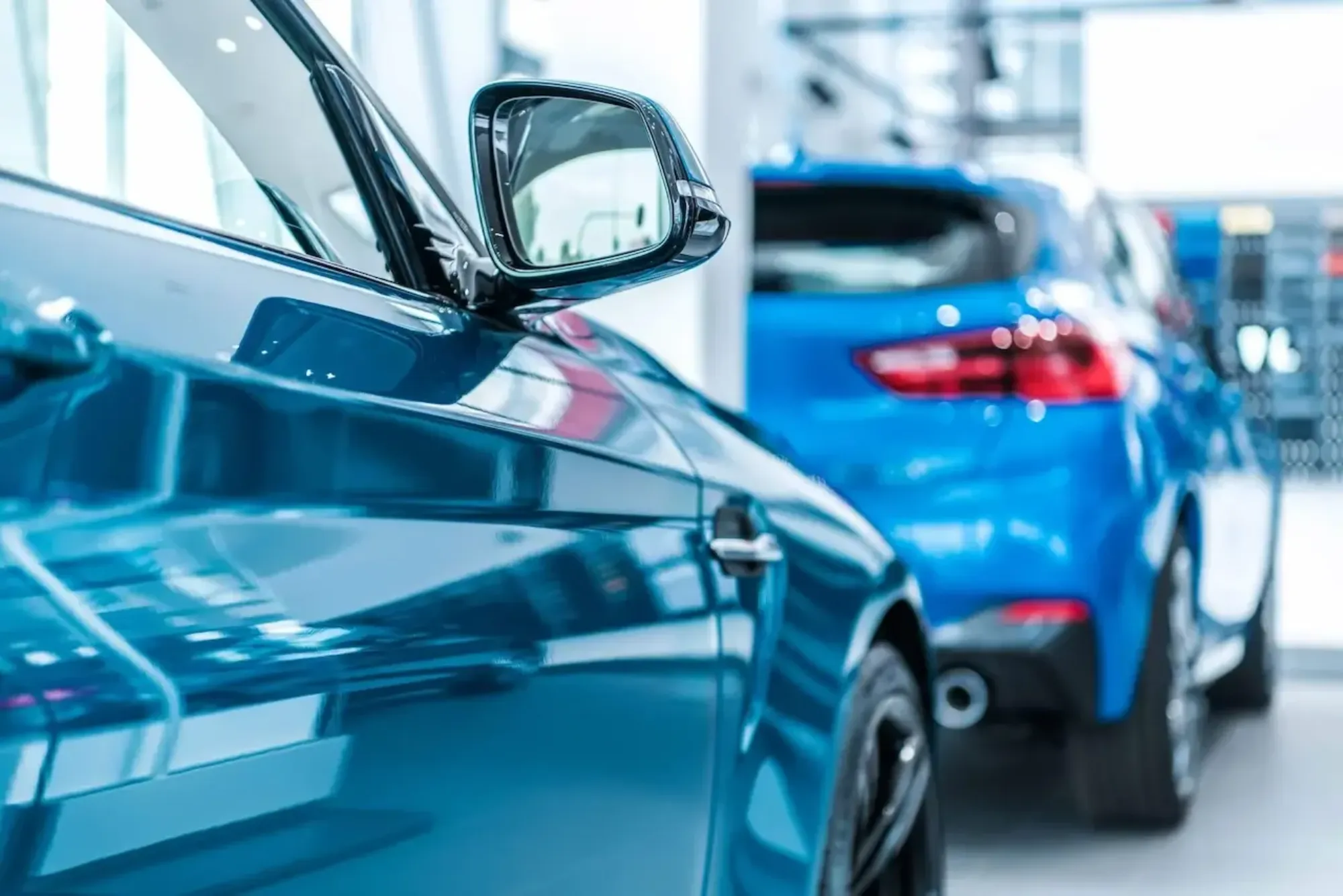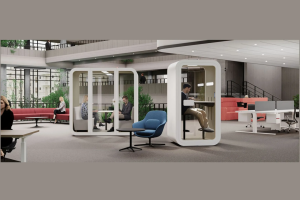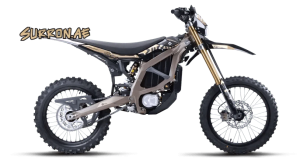Carrectly offers a practical, end-to-end bodywork program designed to fix dents, scratches, bumper damage, and paint defects with clear communication and straightforward scheduling. The focus is on restoring factory look and function while minimizing downtime. Below is a plain-English overview of what bodywork usually covers, how estimates are built, and what to expect at each step.
What Counts as “Bodywork”
Bodywork addresses visible damage to exterior panels and paint. Typical cases include door dings, parking-lot creases, bumper scuffs, cracked or torn plastic, small areas of corrosion that haven’t spread through the metal, and panel misalignment after a minor impact. The goal is to return panels to correct shape, refinish the surface to match surrounding paint, and ensure gaps and lines are consistent.
Core Services
Paintless Dent Repair (PDR)
For small dents where the paint isn’t cracked, PDR is often the fastest and most cost-effective fix. Technicians access the back side of the panel and massage the metal back into shape, or they pull from the outside with specialized tabs. No fillers or repainting means the original finish stays intact and turnaround is typically shorter.
Bumper Repair and Replacement
Modern bumpers are plastic covers over energy-absorbing structures. Light scuffs and scratches can be sanded and refinished. Warping, tears, or deep gouges may call for plastic repair techniques or full replacement. After the structural check, the cover is prepped, primed, painted, and reinstalled with correct clips and sensors aligned.
Scratch, Scuff, and Chip Repair
Shallow defects can sometimes be corrected by sanding and polishing. Through-the-clear or through-the-color scratches typically need refinishing. For chips, technicians clean the area, stabilize edges, fill as appropriate, and refinish the zone so it blends smoothly with surrounding paint.
Panel Refinishing and Color Matching
When paint work is required, the shop will prepare the surface, prime any repaired areas, and apply color matched to the code on the vehicle and then adjusted to the actual tone on the car. Because factory paint fades and varies by batch, blending adjacent panels is often used so the repaired area disappears under different lighting.
Dent and Crease Repair with Filler and Refinish
If metal is stretched or the paint is compromised, traditional repair is used: straighten the panel, apply a thin filler skim as needed, block-sand to contour, then prime, paint, and clear-coat. Proper prep and sanding are what ensure the finish lays flat and reflects cleanly.
Hail Damage Repair
Clusters of small dents are usually approached with PDR first. Panels with sharp or stretched impacts may need a mix of PDR and traditional refinishing. The estimator will map each panel to decide the most efficient method.
The Estimate: How Pricing Is Built
Inspection. The vehicle is evaluated under proper lighting. Techs note panel material (steel, aluminum, plastic), dent count and size, cracked paint, sensor locations, and previous repairs.
Method selection. PDR is chosen when possible; traditional repair is used if paint is broken or metal is stretched.
Parts. The estimate lists any replacement parts such as bumper covers, moldings, brackets, or clips.
Paint and materials. This covers primers, basecoat, clearcoat, and blending time where needed.
Calibration and alignment. If a repair touches parking sensors, radar brackets, or cameras, calibration and alignment are included as required by the build.
Good estimates also flag optional items—like blending an adjacent panel—that improve visual uniformity but might be skipped by budget. You should see line items explained without jargon so you can decide what’s essential versus optional.
Timeline and Logistics
Light cosmetic work (single-panel PDR, a localized scuff) can often be turned around quickly.
Blended refinishing and multi-panel repairs take longer due to cure times, masking, and quality checks.
Parts lead time affects schedules when replacement pieces are needed.
Carrectly can coordinate pickup and return in many cases, so you don’t have to plan around shop hours. Communication is kept simple: you get status updates, photos when useful, and a handoff that includes any aftercare notes.
Repair vs. Replace: How the Call Is Made
Repair when the panel can be restored to shape with minimal filler and the finish will match cleanly.
Replace when the panel is torn, severely warped, or repair time would exceed replacement cost. Plastic bumper covers with deep cracks or missing sections are common replacement candidates.
Blend adjacent panels when color or metallic flake match is tight but not perfect under varied lighting, ensuring the repaired area is invisible in real life.
Quality Standards You Can See
Panel lines and gaps look even from front to back.
Color and gloss match in shade and sunlight; no edge mapping or halo lines.
Texture and orange peel are consistent with the surrounding panels, not smoother or rougher.
No overspray on glass, trim, or wheels.
Sensors and cameras function normally after reassembly and calibration.
Before delivery, the vehicle is inspected under bright, angled light to catch dust nibs, sanding marks, or minor texture differences. Small imperfections are corrected on the spot.
Insurance and Claims
For covered incidents, the team can help document damage, prepare the estimate, and coordinate with adjusters. If supplements are needed—extra work discovered after teardown—those are explained and submitted clearly so there are no surprises.
Aftercare: Protecting the Repair
Fresh refinish needs a bit of care:
Skip harsh washes and tunnel brushes while the new paint finishes outgassing.
Hand wash with gentle soap and clean mitts.
Delay waxes or sealants until the curing window recommended by the refinish system.
Park smart where possible to minimize fresh chips while coatings are still stabilizing.
For owners who want extra protection, adding film to high-impact zones or applying a compatible coating later can help the repaired area stay looking new.
When This Service Makes Sense
Returning a lease with bumper scrapes or door dings.
Selling a car and wanting panels straight and photos clean.
Hail season damage that needs mapping and PDR.
Everyday city wear—tight parking, cart hits, curb rash on bumpers—that benefits from quick cosmetic restoration.
Carrectly’s bodywork service is built around two promises: fix the visible damage properly and keep the process easy to understand. From PDR to panel refinishing and bumper repair, the work is scoped methodically, color-matched carefully, and checked under the kind of lighting that reveals flaws. You get clear estimates, sensible scheduling, and a car that looks the way it should when it comes back.




